Two thousand middle and high school students flooded the Wright State Dayton campus this weekend to compete in 46 science and engineering events as part of the university’s third Science Olympiad Invitational.
The invitational was a final test run for the university, which will host the 2013 Science Olympiad National Tournament in May. More than 5,000 people are expected to attend that event, which tests the science smarts of the best teams from around the country.
“Everything went fairly smoothly,” said CeAnn Chalker, the national tournament’s co-director. “We’ll be ready to make a good showing in May.”
Classrooms, labs, auditoriums and gymnasiums in 14 Wright State buildings were used for the invitational, giving the students a chance to explore a college campus. The students finished out the day at an awards ceremony in the Wright State University Nutter Center arena.
The competition included a wide variety of science-based competitions. Some students tested unique contraptions that have taken months to design and build, such as mousetrap cars, musical instruments and robotic arms. Other students used their laboratory skills to solve fake crimes or conduct simple experiments. Several events involved written tests on everything from food science to astronomy.
“What I really love about Science Olympiad is the energy of the students,” said Wright State staff member Terri Mileo. “If you watch their faces, you can see their excitement and that drive to win.”
Teams from Centerville High School and Shady Side Academy (Penn.) took home first place in their respective divisions.
Science Olympiad is a national nonprofit organization whose mission is to improve the quality of science education, increase interest in science, attract more students to science careers, foster teamwork, emphasize the problem-solving aspects of science and develop a technologically literate workforce.
- Mousetrap Vehicle competition, Student Union Apollo Room, Science Olympiad Invitational 2013
- Rotor Egg Drop competition, Fritz & Dolores Russ Engineering Center, Science Olympiad Invitational 2013
- Helicopter competition, racketball courts at Student Union, Science Olympiad Invitational 2013
- Sounds of Music competition, White Hall, Science Olympiad Invitational 2013
- Water Quality Testing competition, Fawcett Hall, Science Olympiad Invitational 2013
- Water Quality Testing competition, Fawcett Hall, Science Olympiad Invitational 2013
- Water Quality Testing competition, Fawcett Hall, Science Olympiad Invitational 2013
- Water Quality Testing competition, Fawcett Hall, Science Olympiad Invitational 2013

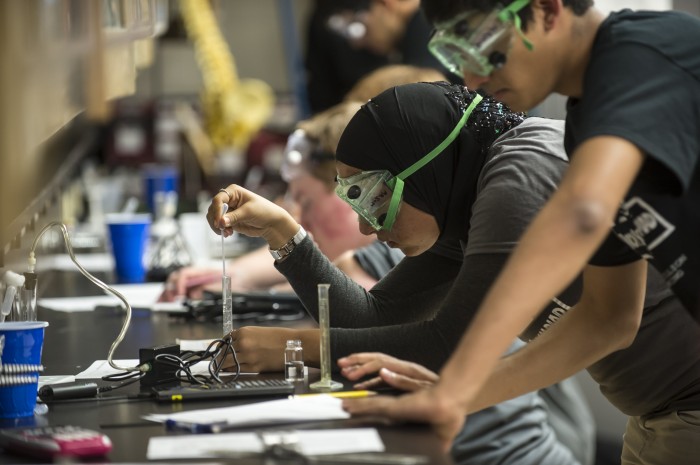
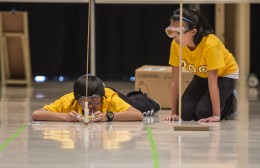
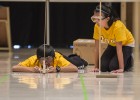
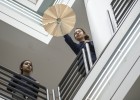
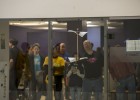
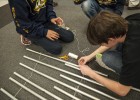
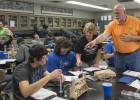
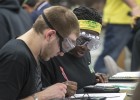
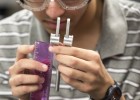
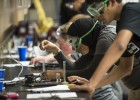
 Wright State alum Lindsay Aitchison fulfills childhood space-agency dream
Wright State alum Lindsay Aitchison fulfills childhood space-agency dream  Wright State business professor, alumnus honored by regional technology organizations
Wright State business professor, alumnus honored by regional technology organizations  Wright State University Foundation awards 11 Students First Fund projects
Wright State University Foundation awards 11 Students First Fund projects  Gov. DeWine reappoints Board Treasurer Beth Ferris and names student Ella Vaught to Wright State Board of Trustees
Gov. DeWine reappoints Board Treasurer Beth Ferris and names student Ella Vaught to Wright State Board of Trustees  Joe Gruenberg’s 40-Year support for Wright State celebrated with Honorary Alumnus Award
Joe Gruenberg’s 40-Year support for Wright State celebrated with Honorary Alumnus Award 